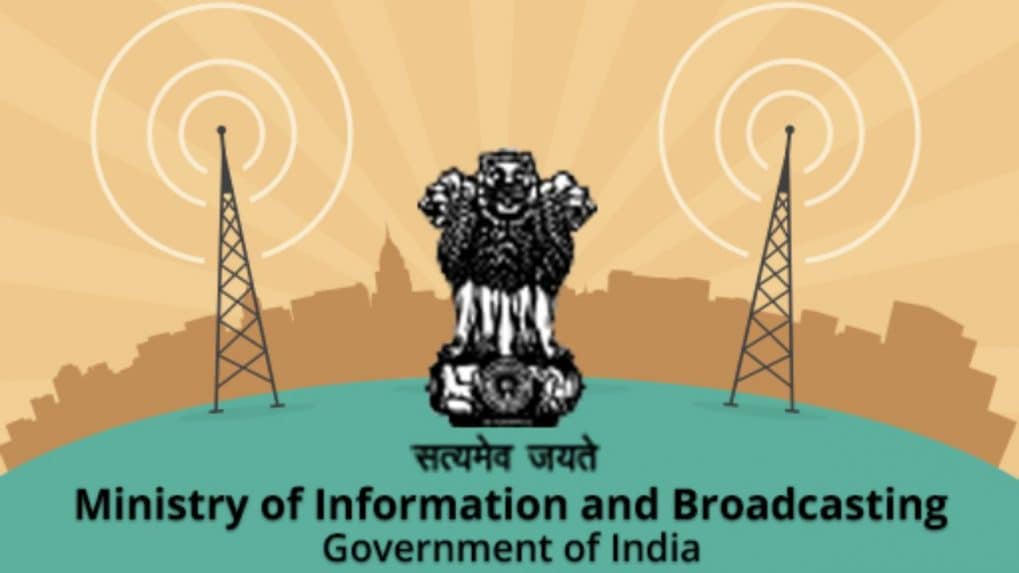Govt may exclude social media from Broadcasting Bill, stirring industry debate
ASCI data points out 94% of ad violations on Digital platforms while the government's decision to exclude social media platforms will draw flak for targeting curated content while overlooking social media abuses
ADVERTISEMENT
The Indian government’s proposed Broadcasting Services (Regulation) Bill, 2023—originally introduced to bring both traditional broadcasters and digital content creators under a unified regulatory umbrella—has now sparked fresh debate as sources indicate that social media platforms may be left out of its ambit.
Originally aimed at standardising oversight across television, OTT platforms, YouTube channels, podcasts, and other digital-first content creators, the bill had raised concerns among free speech advocates over increased government control. Now, the suggestion that social media may be excluded from regulation has triggered criticism from industry stakeholders and experts alike.
“There is a need for uniform law to regulate TV, OTT, and social media platforms,” said Kailash Adhikari of Sri Adhikari Brothers Network. “Today, mediums for entertainment have evolved, and there is an urgent need for a regulation which sees all platforms from one lens.”
However, OTT platforms continue to resist additional content regulation, arguing that imposing legacy broadcast rules on new-age digital mediums would stifle innovation and investment. A senior representative from an OTT platform, speaking anonymously, stated, “Regulations designed for traditional media cannot be applied to OTT. Investments in original local content have grown significantly, with over 50% of entertainment spending directed toward pay TV, excluding movies and sports.”
OTT companies maintain they already operate under robust self-regulatory norms, including parental controls and content guidelines, and say that further regulation would complicate operations and hinder the sector’s rapid growth.
Meanwhile, calls for stricter oversight on social media are gaining traction. “There is an urgent need to regulate social media platforms. Most fake news stems from these digital platforms,” said one senior broadcaster. “Television, print, and radio are already heavily regulated. Adding another regulation will only burden the legitimate sector with compliance costs.”
Another prominent broadcaster echoed this sentiment: “The Broadcasting Services Regulation Bill must include social media platforms. They are responsible for the majority of violations and misinformation, not OTT platforms, which are already self-regulated.”
According to data from the Advertising Standards Council of India (ASCI), digital platforms accounted for a staggering 94.4% of all advertising violations in FY 2024–25. In contrast, print made up just 2.4%, TV 2.6%, and outdoor and radio combined only 0.6%. Most violations were concentrated on Meta platforms, e-commerce sites, general websites, Twitter, mobile apps, property portals, and email services. Platforms such as Google, LinkedIn, and OTT services reported relatively fewer infractions.
Experts caution against treating curated content and social media under the same regulatory lens. “It’s like missing the tree for the wood,” said a policy analyst, pointing to the vast difference in content dynamics between platforms.
An estimated 50,000 hours of content are created daily across broadcast and OTT platforms, yet less than 1% of major content violations originate from these mediums. In contrast, social media—largely unregulated—remains a hotbed of misinformation and ASCI violations.
The Parliamentary Standing Committee on Communications and Information Technology has increased pressure on the Ministry of Information and Broadcasting (MIB) to finalise the legislation. The MIB has informed the panel that the process will take time and promised regular updates on progress.
On the other hand, the stakeholders from cable television industry to urge for the swift implementation of key recommendations made by the Telecom Regulatory Authority of India (TRAI). The industry is particularly focused on accelerating the release of the draft Broadcasting Services (Regulation) Bill, 2023.

